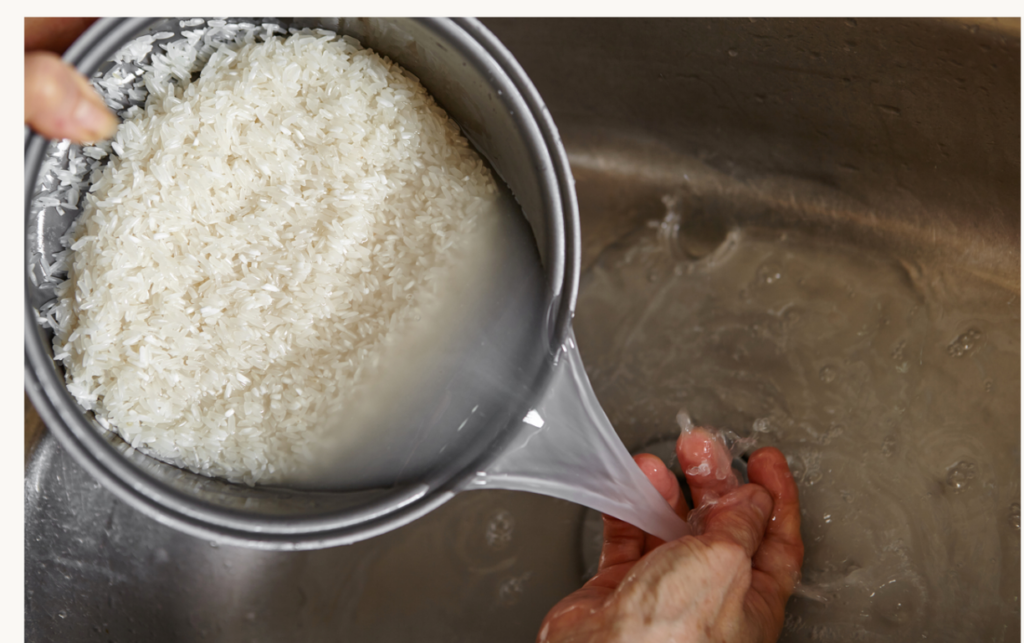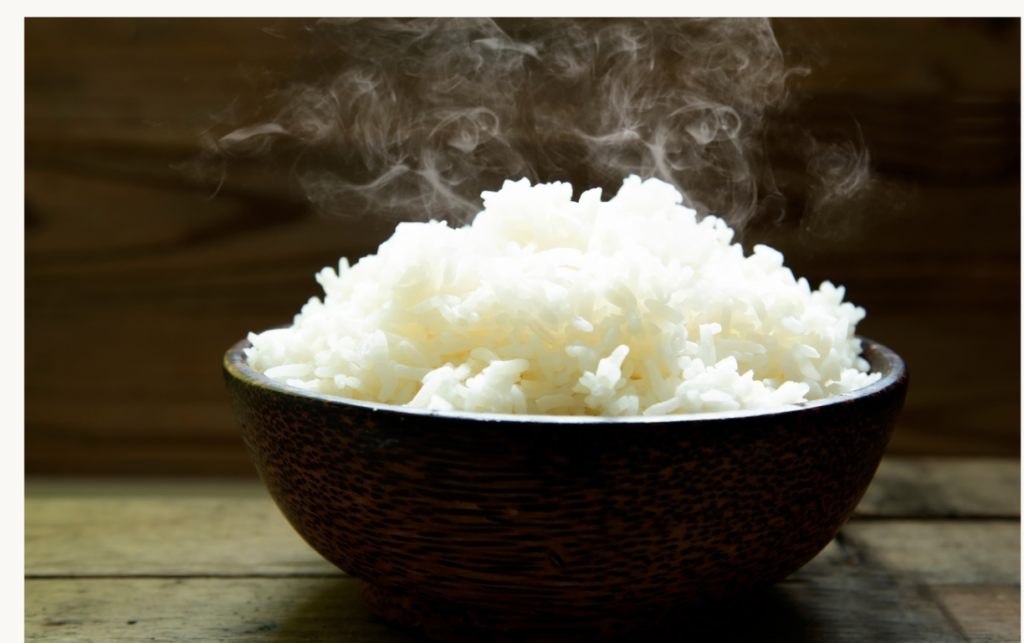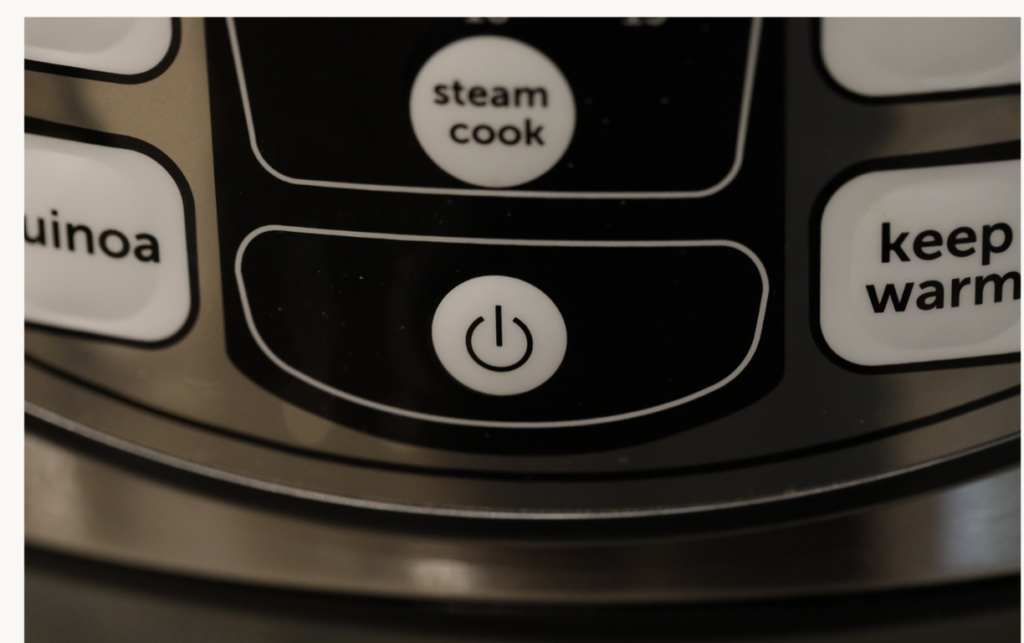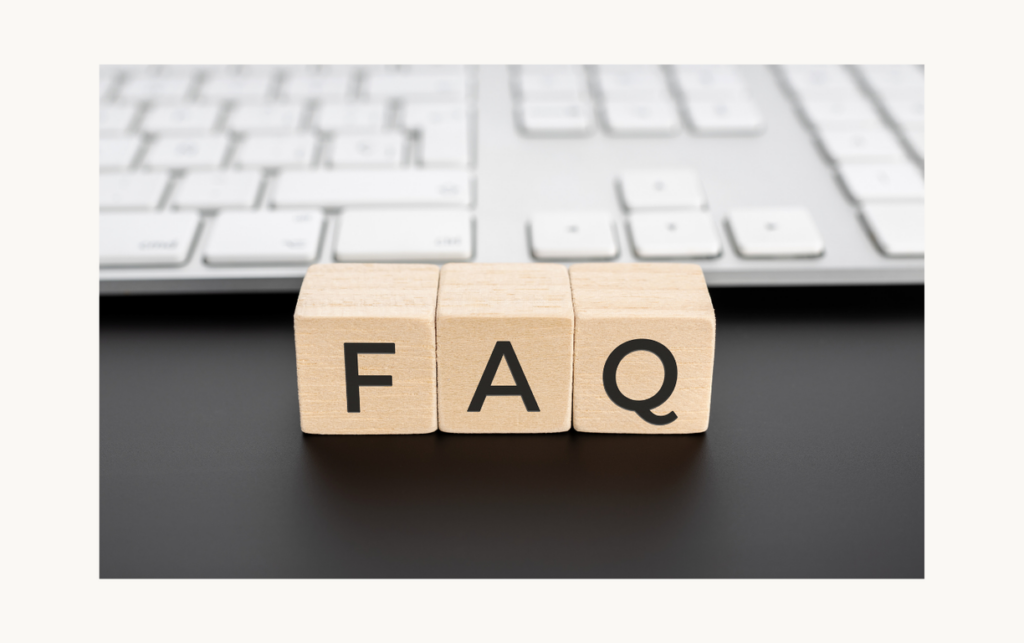Physical Address
304 North Cardinal St.
Dorchester Center, MA 02124
Physical Address
304 North Cardinal St.
Dorchester Center, MA 02124

Cooking rice can be simple, but getting it right requires knowing how to adjust times for different types of rice. Understanding the cooking times and methods for each rice variety ensures you’ll serve up perfectly cooked rice every time. Whether you prefer fluffy white rice, hearty brown rice, or fragrant jasmine, each type has its own unique cooking time.

Using a rice cooker can make preparing rice easier, but it’s essential to know specific guidelines for different types. By following these tips, you can easily adjust cooking times and settings to achieve the best results. With just a little practice, you’ll feel confident cooking any kind of rice your meals require.
Rice cookers are designed to make cooking rice easy and efficient. Knowing the different types of rice cookers, the cooking methods they use, and the correct water-to-rice ratios is essential for perfect rice every time.
There are several types of rice cookers to choose from. The basic models simply cook rice and switch off when it is done.
There are also fuzzy logic rice cookers that adjust cooking times and temperatures based on the rice type and quantity. They help prevent overcooking, using sensors for better results.
Induction heat rice cookers are advanced. They provide even heating and can cook various grains, not just rice. Choose a rice cooker based on your cooking habits and needs.
Rice cookers use different methods to cook rice, ensuring consistent results. The most common methods are steaming and boiling.
In steaming, water heats up and turns into steam, cooking the rice evenly without submerging it. This method is good for cooking delicate types of rice.
Boiling is when rice is fully submerged in water. This is ideal for absorbing water effectively. Once the water reaches a boil, it simmers until the rice is done. Each method works well depending on your rice type.
Getting the water-to-rice ratio right is crucial for quality rice. The ratio can vary with rice types.
For white rice, a standard ratio is 1 cup of rice to 1.5 cups of water. This typically yields fluffy rice.
Brown rice requires more water, about 1 cup of rice to 2 cups of water, due to its outer bran layer.
For jasmine or basmati rice, the ratio is usually 1 cup of rice to 1.25 cups of water, as these types are softer and absorb water differently. Adjusting these ratios according to the rice type will improve your cooking results.

Preparing your rice properly can make a big difference in the final result. Before you start cooking, focus on three main steps: rinsing, soaking, and determining the right quantity of rice. These steps help to enhance the texture and flavor of the rice.
Rinsing rice before cooking is a crucial step. This process removes excess starch, which can cause the rice to become gummy. To rinse, place your rice in a fine-mesh strainer and run cold water over it. You should rinse until the water runs clear, indicating that most of the starch is removed. This step is especially important for sticky rice varieties.
Soaking rice can help improve its texture and cooking time. Soaking allows the grains to absorb some water, leading to a more even cooking process. Depending on the type of rice, you can soak it for different durations:
After soaking, drain the water before cooking. This step not only helps with texture but also reduces cooking time.
Getting the right quantity of rice is essential for a successful meal. A common ratio is 1 part rice to 2 parts water for most white rice types. For brown rice, you might need up to 2.5 parts water due to its thicker hull. Here are some pointers:
Determining the correct amount prevents waste and ensures you have enough for your meal.
When cooking rice, adjusting your cooking times is essential for achieving perfect results. Different rice varieties have unique requirements that affect both cooking time and water-to-rice ratios. Understanding these differences will help you prepare your rice just the way you like it.
White rice is the most common type of rice and cooks relatively quickly. For standard long-grain white rice, you’ll typically need to cook it for 15 to 20 minutes in a rice cooker. Use a ratio of 1 part rice to 2 parts water for best results.
For jasmine or basmati rice, cooking time remains similar, but it’s crucial to rinse the rice before cooking. This step removes excess starch and helps prevent the grains from becoming sticky. Maintain the same water ratio and check for doneness around the 18-minute mark.
Brown rice and other whole grains need longer cooking times due to their tougher outer layers and higher fiber content. Expect to cook brown rice for 40 to 45 minutes. The recommended water-to-rice ratio is 1 part rice to 2.5 parts water.
If you’re cooking short grain or other variations of brown rice, keep a close eye on the time. Cooking may take about 35 to 50 minutes depending on the specific type, so adjust accordingly. Rinsing is still helpful before cooking but not essential like with white rice.
Specialty rices, such as sushi rice, arborio, or wild rice, each come with distinct cooking requirements. Sushi rice typically cooks in 25 minutes with a water ratio of 1.2 parts rice to 1 part water.
Arborio rice, used for making risotto, requires continuous stirring and should be simmered for roughly 18 to 20 minutes. Use a ratio of 1 part rice to 4 parts water or broth. Wild rice is denser and takes about 45 to 60 minutes, needing 4 parts water to 1 part rice.
Altitude can significantly affect cooking times, especially for rice. As you go higher above sea level, water boils at a lower temperature. This means that you may need to increase your cooking time and water quantity.
For every 1,000 feet above sea level, add about 2 to 5 additional minutes to your cooking times. You may also need to increase the water ratio slightly, so keep an eye on your rice during the cooking process. Adjustments will ensure your rice comes out tender and fluffy, no matter how high up you are.
Each type of rice requires specific settings for optimal cooking in your rice cooker. Understanding these settings will help you achieve the best texture and flavor for each variety.
To cook white rice, start by measuring 1 cup of rice to 1.5 cups of water. Rinse the rice until the water runs clear to remove excess starch. Then, place the rice and water in the cooker. Select the white rice setting if your cooker has this option. Most rice cookers will automatically cook the rice for about 20-30 minutes. Once the cooking cycle is complete, let the rice sit for 5-10 minutes before opening the lid, allowing it to steam and achieve the right fluffiness.
Cooking brown rice requires more water and time than white rice. Use a ratio of 1 cup of brown rice to 2 cups of water. Rinsing is also essential here. Place the rice and water in the cooker and select the brown rice setting. If your cooker doesn’t have this setting, the general cooking time will be about 40-50 minutes. Wild rice can also be cooked in this way, but it usually needs a bit more water, around 2.5 cups per 1 cup of wild rice. After cooking, allow it to sit before fluffing.
Sushi rice and Arborio rice, used for risottos, need special attention. For sushi rice, use a ratio of 1 cup rice to 1.2 cups water. Rinse the rice thoroughly to help it become sticky. Using the sushi rice setting will cook it in about 20-25 minutes. For Arborio rice, you should use the risotto setting if available. Since this rice needs more liquid, a ratio of 1 cup Arborio rice to 3 cups water or broth is recommended. Cook until it’s creamy, allowing a resting time afterward to enhance the texture.

After cooking your rice, it’s important to focus on the final steps to achieve perfectly cooked rice. Two key processes are the resting time and the fluffing before serving. Paying attention to these details will enhance the texture and flavor of your rice.
Once your rice cooker indicates that the rice is finished, the next important step is to let the rice rest. This resting period typically lasts for about 5 to 10 minutes.
This time allows excess moisture to escape, ensuring that your rice does not become soggy. During resting, keep the lid on to maintain steam, which helps the rice to become fluffy.
After the resting time, the rice will have a better texture, making it ideal for serving.
After the resting period, it’s time to fluff and serve your rice. Use a rice paddle to gently lift and mix the rice.
This technique helps separate the grains, preventing clumping. Fluffing enhances the texture, resulting in light and airy rice.
Serve the rice in a bowl or on a plate, and enjoy its fluffy quality. You can pair it with your favorite dishes for a complete meal.

Cooking rice can come with its share of challenges. Understanding the common issues, such as undercooking, overcooking, and problems with the keep-warm function, will help you achieve perfectly cooked rice every time.
Undercooked rice is often firm or crunchy. This can happen if you use too little water or don’t cook it long enough. To fix this, add a little water and cook for a few more minutes.
On the other hand, overcooked rice tends to be mushy. This might mean you used too much water or cooked it too long. Reduce the water next time and keep an eye on the timer. Different types of rice require different cooking times. For example:
Adjusting these times can help avoid these common mistakes.
Sticky or mushy rice can be frustrating. This often occurs due to excess water or cooking starchy rice without rinsing it first. Rinse your rice under cold water until the water runs clear to remove extra starch.
If your rice is already cooked and sticks together, let it rest for a few minutes after cooking to allow moisture to escape. Fluff it gently with a fork to separate the grains.
More tips include reducing cooking time or using less water next time. If you’re using a rice cooker, follow the specific instructions for different rice varieties.
The keep-warm function on rice cookers is helpful but can lead to issues. Extended use might cause rice to continue cooking and become dry or hard. It’s best to limit this function to about 30-60 minutes after cooking.
If your rice seems dry or crusty from the keep-warm feature, adding a small amount of water and covering it can help rehydrate it. When using this function, stir occasionally to promote even heating and moisture retention.
Identifying these common issues with rice cooking will help you make adjustments for better results every time.

Cooking rice can be simple, but you may have some questions. Here are answers to common concerns about rice cooking times, ratios, and the use of rice cookers.
For long-grain white rice, the typical ratio is 1 cup of rice to 1 cup of water. Brown rice usually needs about 1 cup of rice to 2 1/4 cups of water. Basmati rice generally follows the 1:1.5 ratio, while jasmine rice usually requires 1 cup of rice to 1 1/4 cups of water.
When cooking different types of rice together, choose the variety that requires the longest cooking time. Adjust the water and cooking time accordingly. You can also pre-cook the quicker-cooking rice and then combine it with the longer-cooking type later on.
First, measure the rice and water according to the ratios for your specific rice type. Rinse the rice to remove excess starch. Add the rice and water to the cooker, close the lid, and select the appropriate setting. Let it cook until the machine signals completion, then allow it to rest for a few minutes before serving.
Yes, you can cook other foods in your rice cooker, such as quinoa, oatmeal, and vegetables. Adjust the water-to-food ratios based on the specific ingredient you are cooking. Cooking times may also differ, so it’s best to check for doneness periodically.
Generally, cooking times do not significantly change when making one or two cups of rice. Most rice cookers are designed to handle various amounts effectively. Refer to your rice cooker’s manual for specific timing if changes occur.
You can soak the rice for about 30 minutes before cooking. This helps speed up the cooking process. Additionally, using hot water instead of cold can also cut down the cooking time while maintaining the rice’s quality.